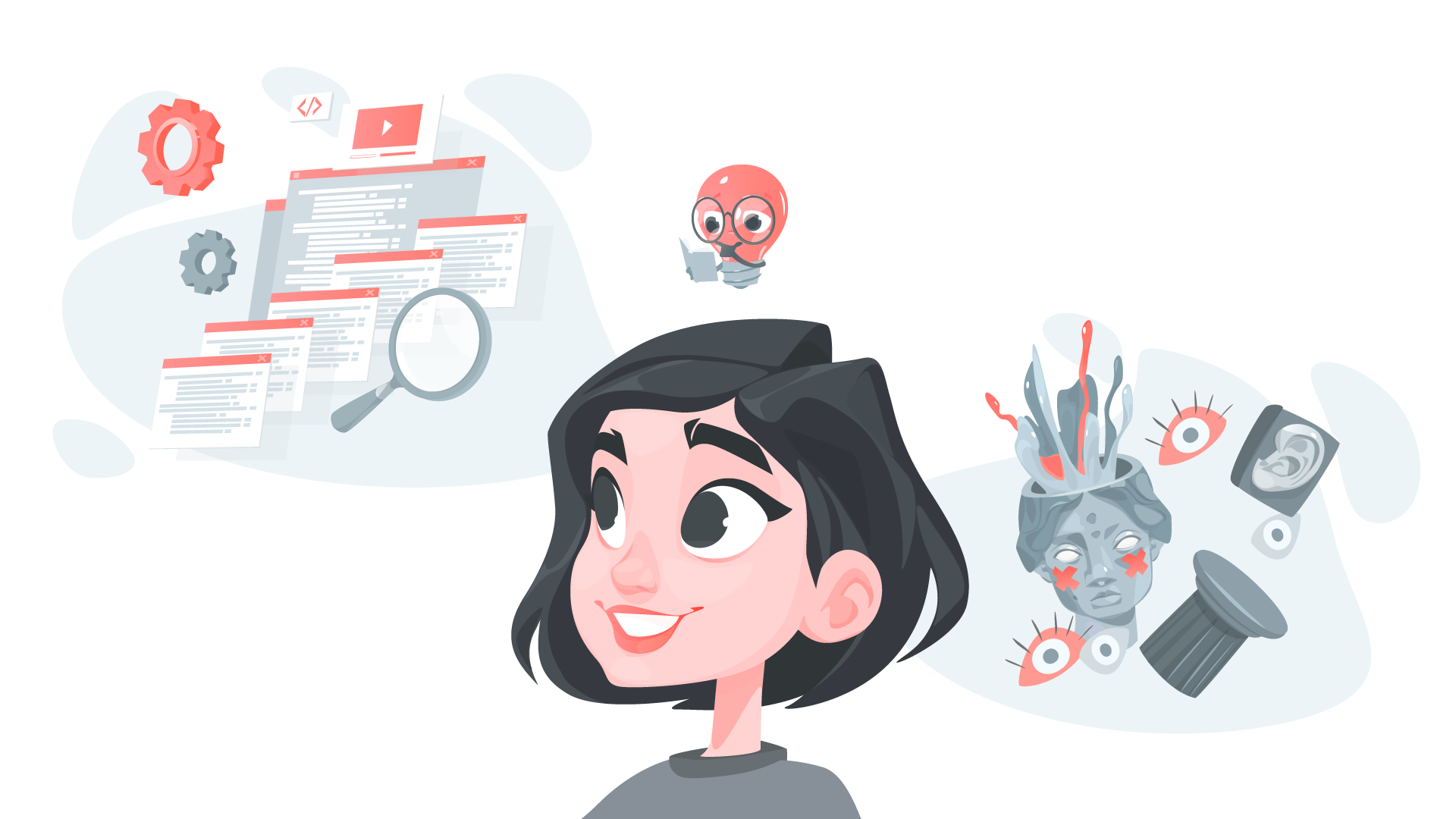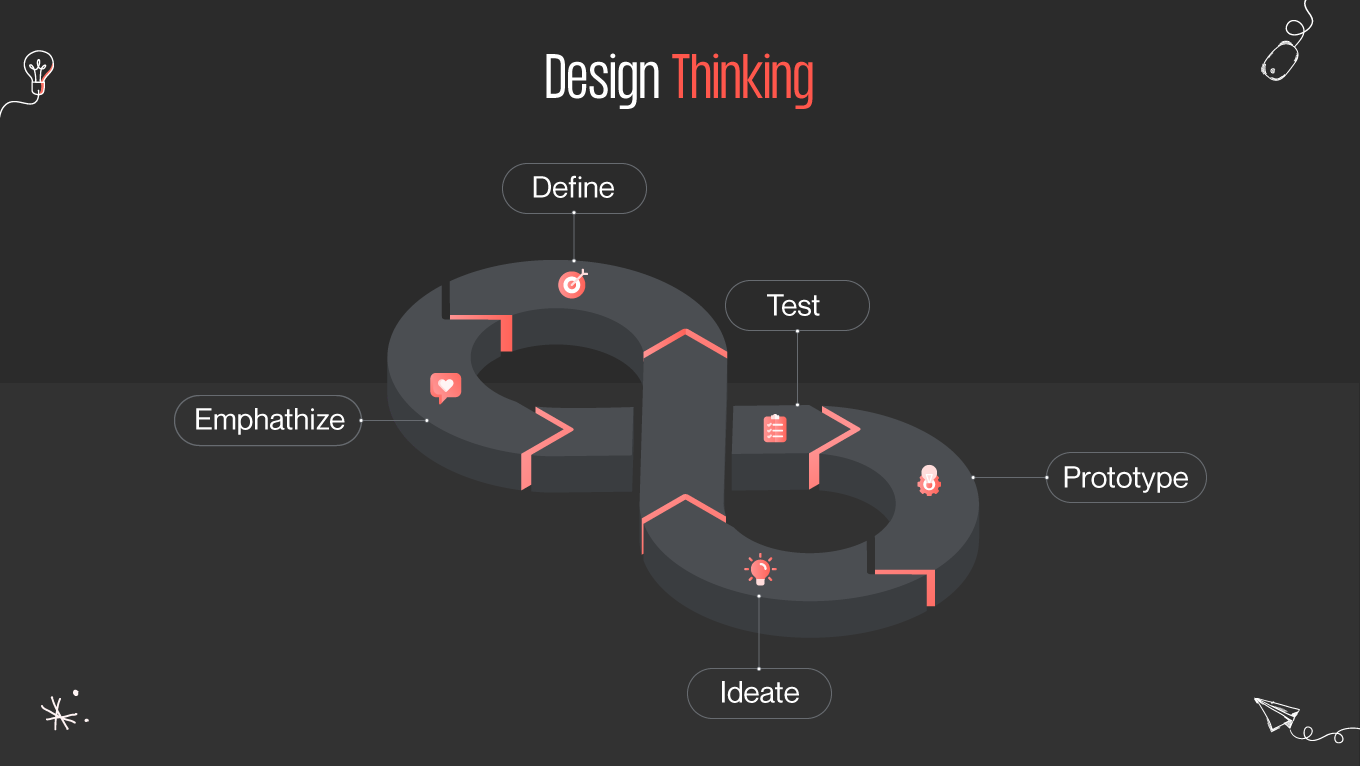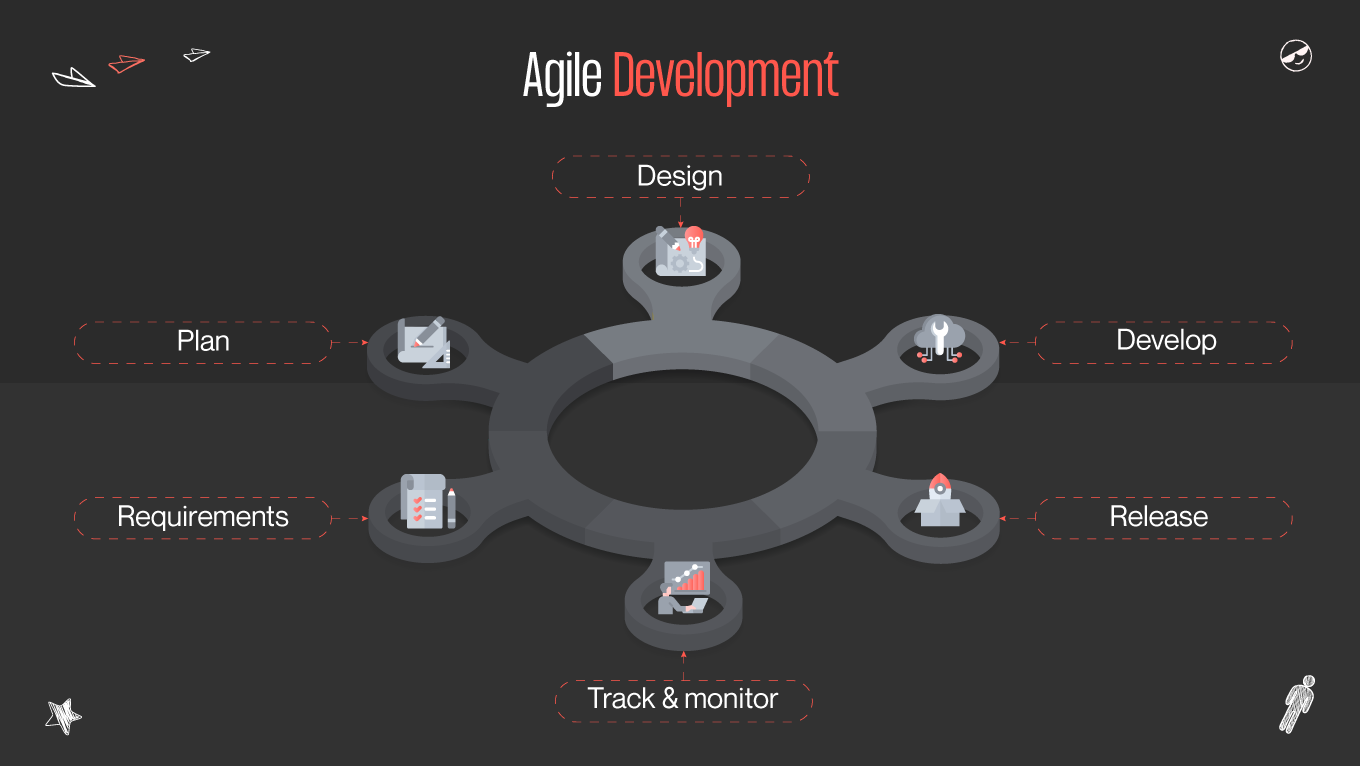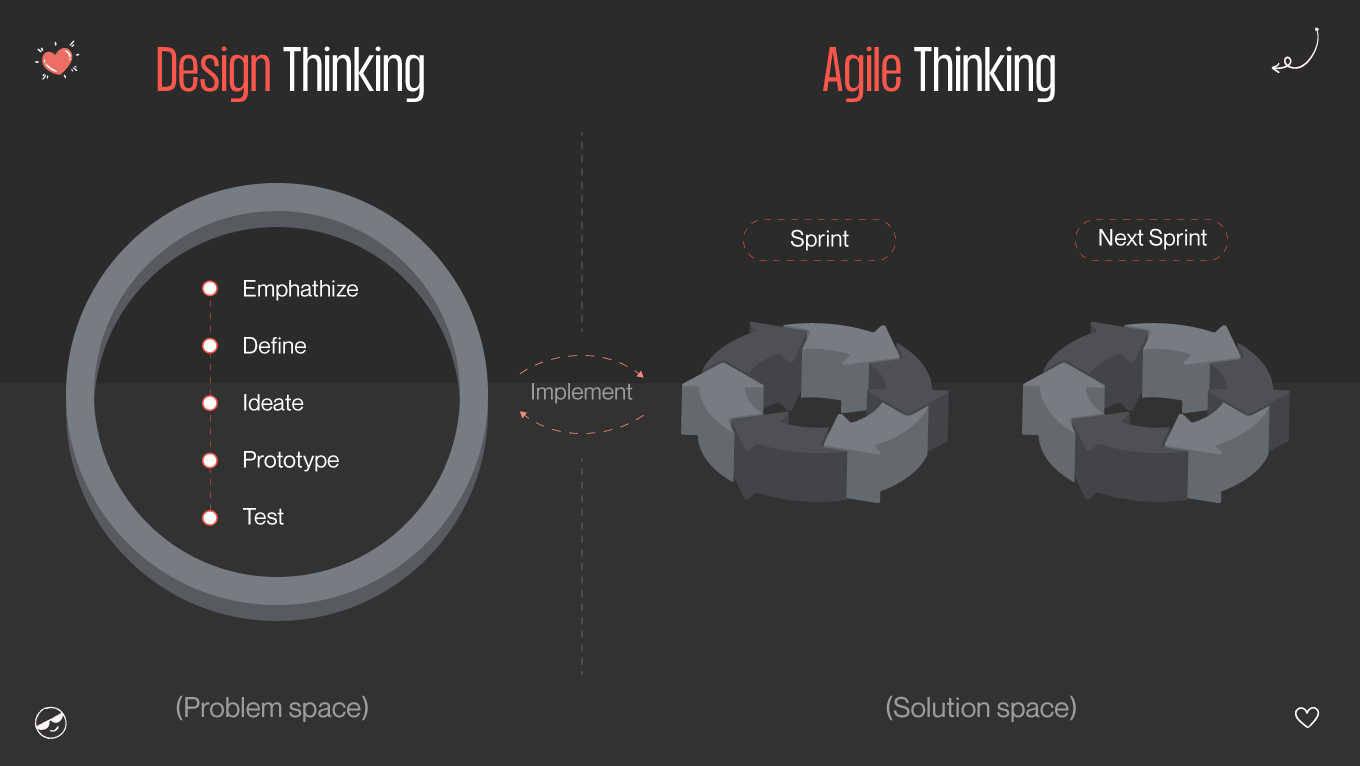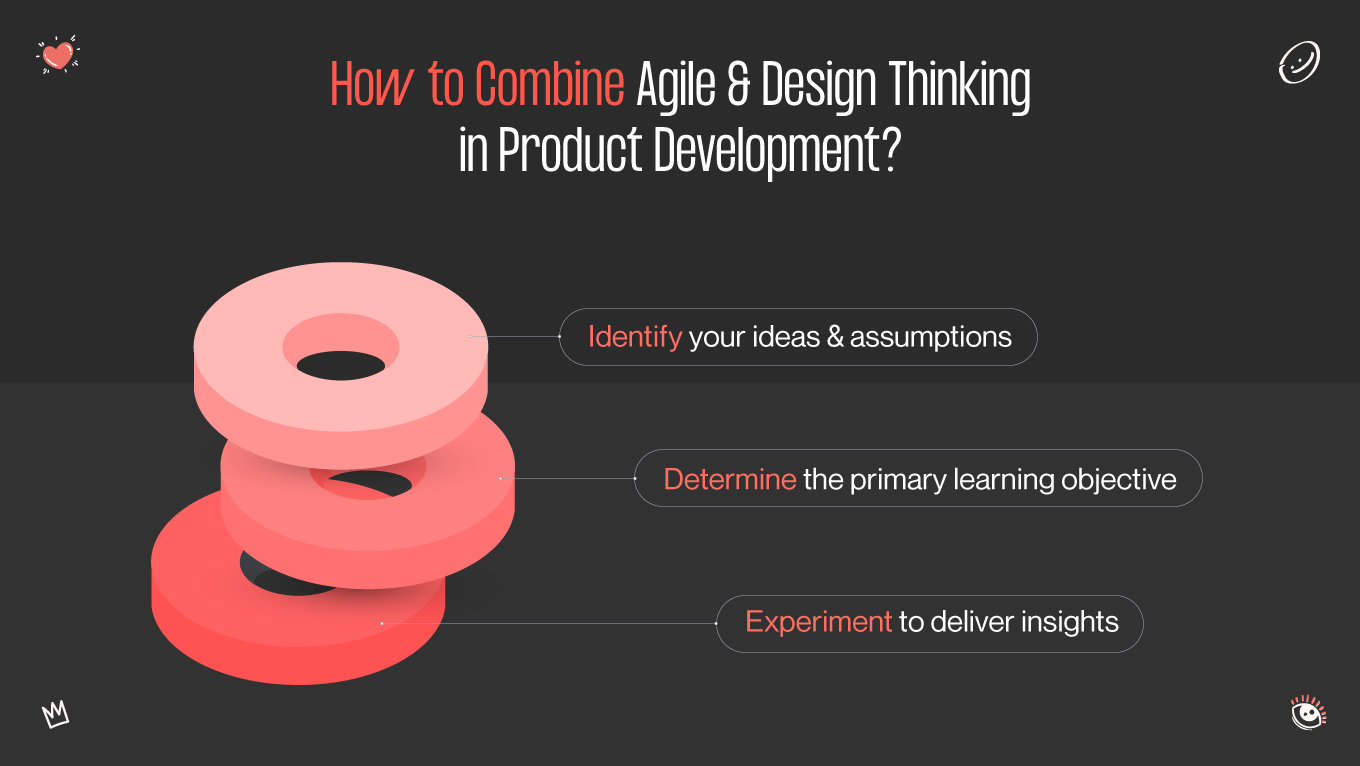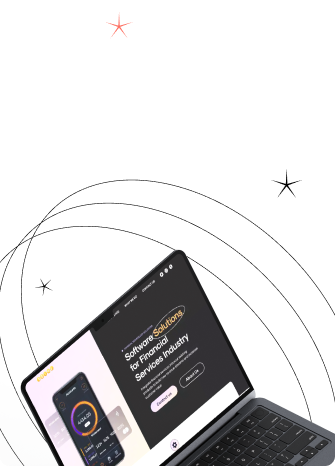Amidst the multitude of methods available to fuel today’s digital world, two prominent approaches have emerged: design thinking and Agile. These methodologies offer distinct yet complementary frameworks for tackling complex problems, fostering creativity, and delivering value to end-users.
Understanding the nuances of Agile and design thinking becomes paramount. From startups to multinational corporations, from product design to service delivery, these principles offer invaluable frameworks for navigating uncertainty, fostering creativity, and delivering solutions that resonate with users.

